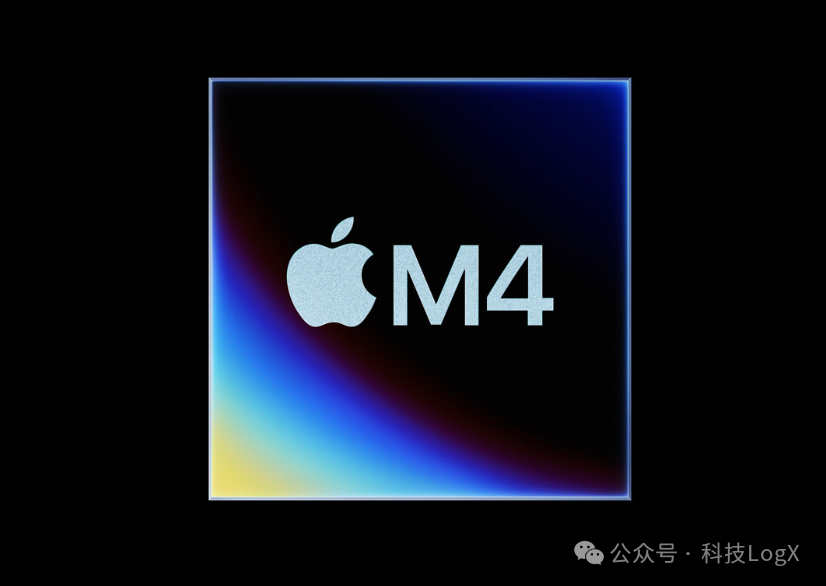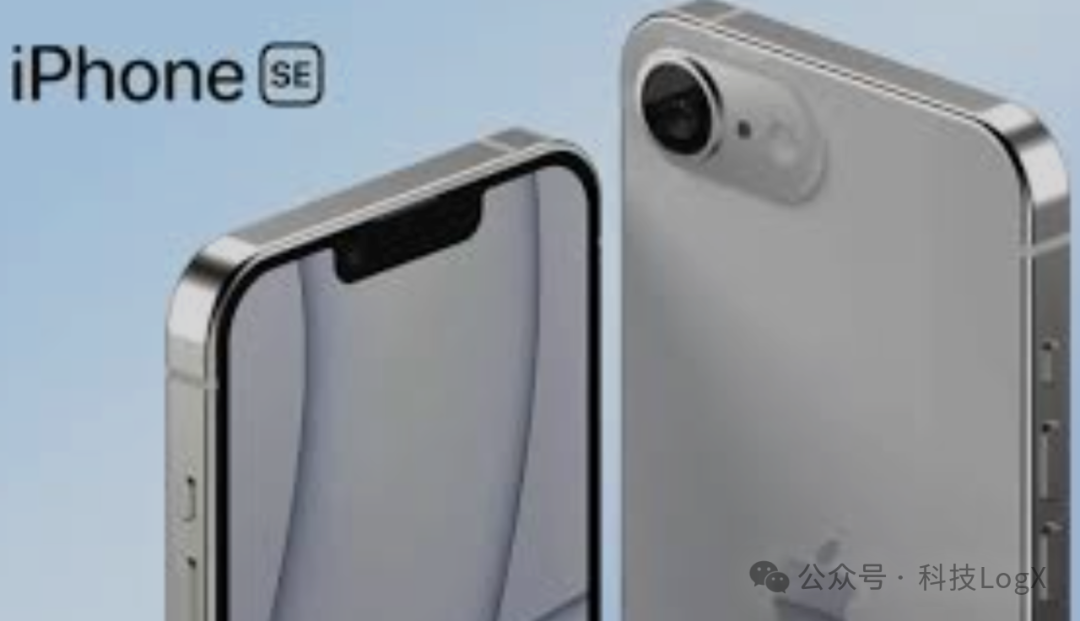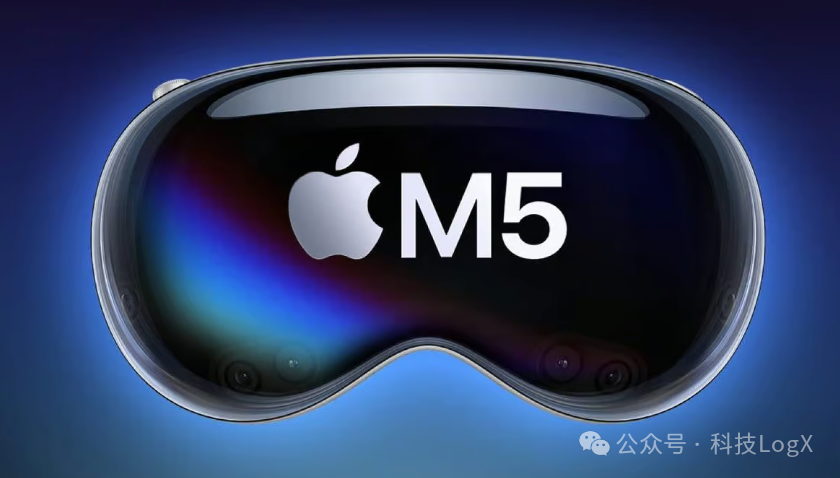1. M4 Chip: Redefining the Ceiling of Computing Performance

As a milestone in Apple’s self-developed chips, the M4 processor will utilize TSMC’s second-generation 3nm process (N3P), with the number of transistors exceeding 28 billion, a 40% increase over the M3. Its 10-core CPU architecture includes 4 performance cores and 6 efficiency cores, combined with improved branch prediction technology, resulting in a 4-fold performance increase in professional rendering scenarios compared to the M2, while reducing power consumption by 50%. Notably, the M4 will support AV1 hardware decoding for the first time, and with the dynamic caching technology of the 10-core GPU, it can smoothly handle 8K HDR video editing and 3D modeling tasks. The neural engine’s computing power will increase to 38 TOPS, tripling the response speed for local AI tasks such as real-time voice translation and image generation.
2. iPhone SE 4: A Strategic Breakthrough for Value

The iPhone SE 4 will feature a 6.1-inch OLED notch display, marking its first use of the A18 Bionic chip and a self-developed 5G modem, achieving a leap from 4G to 5G. While retaining the Touch ID button, the body thickness is controlled at 7.3mm, weighing only 148 grams, continuing the SE series’ lightweight characteristics. Core configurations include 8GB RAM and a starting storage of 128GB, with a 48-megapixel main camera supporting ProRAW format. In terms of battery life, the 2800mAh battery combined with the A18’s efficiency allows for a video playback time of up to 15 hours. Pricing strategy suggests a starting price of 3999 yuan in China, directly competing with mid-range Android flagships. Analyst Ming-Chi Kuo predicts that the iPhone SE 4 is likely to become the best-selling model, with annual sales expected to exceed 20 million units.
3. Vision Pro M5: The Battle for Spatial Computing

The second-generation Vision Pro will be equipped with the M5 chip, featuring a lighter titanium alloy frame and flexible OLED screen, reducing the overall weight from 680 grams to 520 grams. The new “spatial anchor” technology enables physical interaction between virtual objects and the real environment, with eye-tracking accuracy improved to 0.1 degrees, providing a more natural AR experience. On the ecosystem front, Apple will launch a Vision Pro-specific “spatial development kit” to support developers in building cross-device collaborative applications. Additionally, the Vision Pro M5 will support direct Thunderbolt 5 connectivity with the Mac Pro for the first time, reducing latency to under 1ms, meeting the needs for real-time medical imaging processing. Despite the first generation’s sluggish sales, Apple has made it clear that Vision Pro is part of its decade-long plan, with ongoing updates and development in the future.
4. A Decade-Long Strategy: From Product Innovation to Ecosystem Reconstruction
Behind Apple’s 2025 product matrix is its “hardware + services + sustainability” triad strategy:
- Technological Depth: The AV1 decoding of the M4 chip and the spatial computing technology of the M5 indicate that Apple will deeply integrate AI with AR/VR.
- Supply Chain Restructuring: India will take on 50% of iPhone production capacity, Vietnam will dominate iPad and AirPods production, while China retains core component supply.
- Accelerated Carbon Neutrality: The entire Mac mini and Apple Watch lineup will achieve net-zero emissions, with recycled materials accounting for over 55%. According to Apple’s official website, the company will invest $5 billion in rare earth recycling technology research and development, aiming for 100% recycling of 15 key materials by 2030.
5. Industry Impact and User Insights
In the context of Huawei’s Mate 70 Pro 5G performance dominance and the popularization of Samsung’s Galaxy Fold5 foldable screens, Apple’s new product strategy faces dual challenges:
- High-End Market: The Pro series needs to break through in imaging and interaction to compete with Huawei’s XMAGE and Samsung’s 200-megapixel sensors.
- Mass Market: The pricing and configuration balance of the iPhone SE 4 will determine its ability to gain traction in the Indian and Southeast Asian markets.
For ordinary users, the “seamless collaboration” of Apple’s ecosystem in 2025 will deepen further: the 3D spatial photography feature of the iPhone 17 Pro can be directly edited in an immersive manner on the Vision Pro M5; the M4 MacBook Air’s battery life will increase to 18 hours, combined with the cross-device clipboard of iOS 19, truly achieving “one device to rule them all.”
Conclusion: Apple’s “Decade Commitment”
From the M1 to the M4, from the iPhone SE to the Vision Pro, Apple outlines the technological contours of the next decade with its 2025 product plan. As the computing power of the M4 chip breaks through, the spatial interaction of the Vision Pro M5 intertwines with carbon neutrality goals, we see not just product iterations, but a tech giant’s dual commitment to technological inclusivity and sustainable development. As Tim Cook said, “Innovation is not about disruption, but about making the world a better place.” Apple’s next decade may quietly unfold in the details of these products.